
Visiting Ancient Egypt Temples is like stepping into a timeless story. My first look at Karnak’s towering pillars is etched in my memory. The sun’s glow on the sandstone seemed to whisper tales of pharaohs and priests.
Imagine walking the Avenue of Sphinxes between Karnak and Luxor. Every stone has a story to tell. Or picture standing before Abu Simbel’s colossal statues, carved by Ramses II’s vision. These sites are more than ruins; they’re gateways to a civilization that shaped our world.
But how do you explore this ancient wonderland? This guide combines my adventures with practical tips. You’ll find hidden spots in Philae, vibrant colors on Edfu’s walls, and learn about Hatshepsut’s terraced temple.
From packing tips to understanding temple layouts, I’ll guide you. Let’s turn awe into unforgettable memories. Ready to walk where pharaohs once stood?
Walking among the Ancient Egyptian Monuments, you’re not just seeing stone walls. You’re stepping into a living history book. These sites were the pulse of ancient life.
Imagine: temples like Karnak and Luxor weren’t just places to pray. They were cosmic centers where pharaohs connected with gods. They validated their rule and hosted festivals that united entire communities.
The Historical Landmarks in Egypt like the Temple of Hatshepsut or Karnak’s Hypostyle Hall were also economic engines. Grain stores, workshops, and trading posts thrived within temple complexes. They funded both rituals and the state’s wealth.
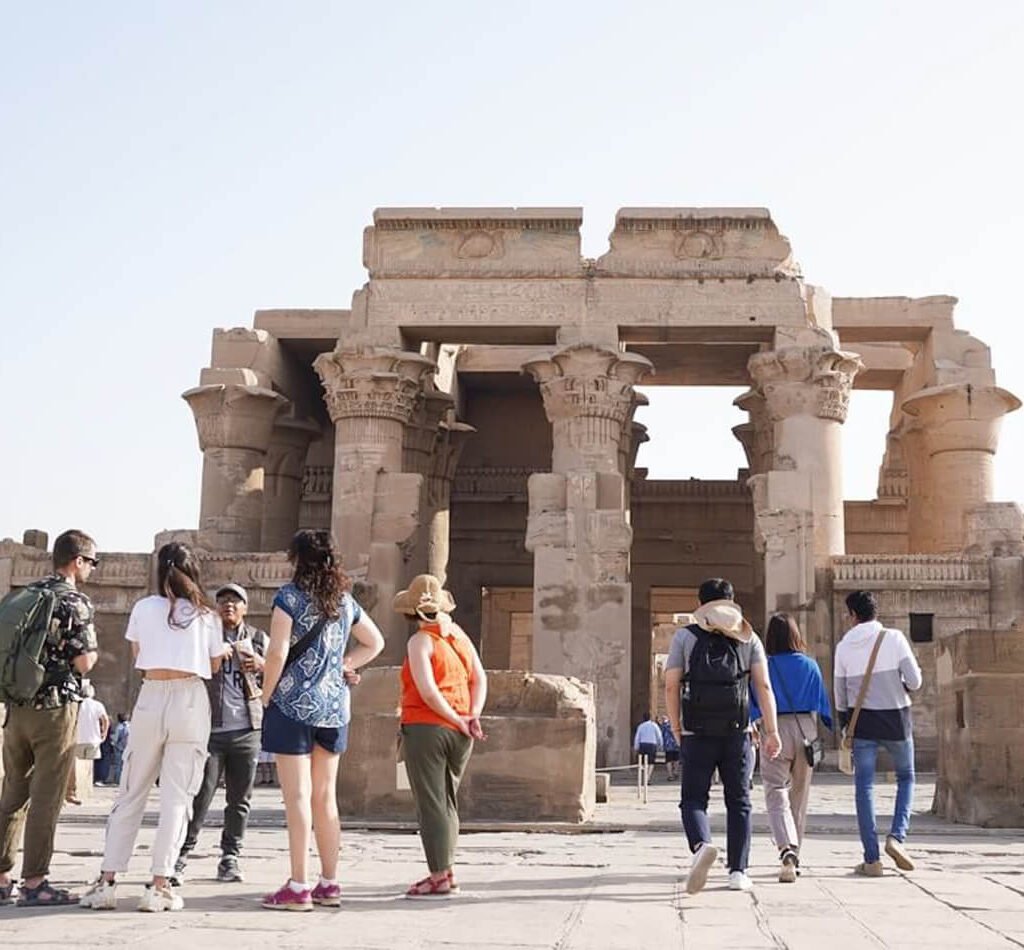
Each temple tells a story. The Colossi of Memnon at the Ramesseum, weighing over 1,000 tons each, symbolized a pharaoh’s divine right to rule. The Valley of the Kings’ tombs, dug deep into mountains, reveal how death was as sacred as life.
Even the layout of sites like Edfu Temple—dedicated to Horus—mirrored cosmic order. Every column and carving was a lesson in astronomy or mythology.
Knowing this transforms a visit. When you stand in Karnak’s vast courtyard, you’ll feel the energy of 3,000 years of ceremonies. These spaces were classrooms, marketplaces, and spiritual sanctuaries all at once.
By understanding their layers, you don’t just see ruins. You witness a civilization’s heartbeat.
Choosing the right time to visit Egypt’s ancient temples can greatly enhance your experience. The cooler months from October to April are ideal. This time offers comfortable temperatures and fewer crowds than the peak winter weeks.
January to March are pleasant but also see more visitors, thanks to holidays and New Year celebrations. If you want to avoid the Egypt Sightseeing Tours crowds, try to arrive at sunrise. The early morning light at Karnak Temple and Luxor’s courtyards is breathtaking before the groups arrive.
By 10 a.m., most tours start, so it’s best to take your photos early. For Abu Simbel, arriving early in the morning helps you beat the 3 a.m. bus crowds. By late morning, you’ll find fewer people there.
Summer is best for evening visits. The heat in July and August makes midday visits unbearable. But, sunset at Philae Temple or twilight at Edfu’s colonnades is unforgettable. Don’t forget to pack water, as prices can be high at places like the Valley of the Kings.
Shoulder seasons like October and March are great for photography. The light is perfect, and there are fewer tourists to block your view. My favorite trick is to plan your trip around the West Bank Marathon in late January. The early morning buzz adds energy without the usual chaos.
Whether you’re chasing light, avoiding crowds, or enjoying solitude, these moments are priceless. Let the temples guide you—just follow the sun and the seasons.
Planning a temple adventure in Egypt? Start by sketching your ideal journey. I’ve seen many travelers rush from Karnak to Luxor without a plan. This leaves them exhausted.
Focus on Historical Sites in Egypt that truly speak to you. Love hieroglyphics? Edfu’s carvings are a must-see. Prefer grandeur? Karnak’s endless columns are a sight to behold.
Book smartly: Use online ticketing systems for sites like the Giza Pyramids—available since 2024. Student IDs unlock discounted entry, so pack yours! For flexibility, Temple Tour Packages handle logistics, but solo travelers can thrive too. Just map routes between sites like Philae and Abu Simbel carefully—some tickets still require on-site purchase.
Time wisely: First-timers often underestimate temple sizes. Karnak alone needs 3-4 hours—plan full days for sprawling sites. Balance with downtime; Luxor’s Nile corniche is perfect for post-temple relaxation.
Stay organized: Download offline maps and confirm photography rules—some tombs in the Valley of the Kings restrict flash use. Carry small bills for guides (5–20 LE) and drivers. And yes, that $25 tourist visa takes 48 hours—apply early to avoid stress.
My top tip? Mix guided tours with free exploration. Guides unlock stories behind Esna’s cryptic carvings, while solo time lets you absorb the silence of Hatshepsut’s terraces. With these steps, you’ll avoid temple fatigue and embrace every moment among these timeless Historical Sites in Egypt.
Exploring Luxor or Karnak’s ancient ruins, I quickly learned Egypt’s sun is fierce. Dress wisely to protect your skin and enjoy the journey. Choose breathable fabrics like cotton or linen. Long sleeves and pants may seem odd, but they block the sun and respect local customs.
Wear a hat with a wide brim and sunglasses that block UV rays. Apply SPF 30+ sunscreen every two hours, even in winter. Carry a refillable water bottle to stay hydrated. Dehydration can sneak up on you fast, and safe water is hard to find.
Wear sturdy, closed-toe shoes to navigate uneven temple floors. Sandals with ankle support are okay, but avoid anything flimsy. Bring a lightweight scarf for sand or sudden cold in museum shops. Don’t forget a compact travel towel for sweaty days.
Layer your clothes for comfort. Even in summer, mornings and evenings can be cool. A fleece or cardigan is perfect for these times. Pack light, as you’ll be walking a lot. With the right clothes, your temple visits will be unforgettable.
Planning your trip to Egypt’s ancient sites? Start with the Must-See Temples in Egypt. The Karnak Temple Complex is a must-see, covering 200 acres. Its Hypostyle Hall has 134 columns, each 20 meters high. Walking through feels like a stone forest.
Luxor Temple is close by. Its Avenue of Sphinxes leads to stunning colonnades. Watching sunset here turns the walls into glowing amber. Don’t miss the sacred boats stored there!
Travel south to Aswan for Philae Temple, a gem on Agilkia Island. Its reliefs of Isis are still vivid after millennia. The taxi boat ride to reach it adds magic. Nearby, Abu Simbel’s twin temples are carved into cliffs. Standing in the inner sanctum during solstices is awe-inspiring.
In Edfu, the Temple of Horus feels almost new, with its pillars intact. Hatshepsut’s cliffside temple near Luxor offers stunning Nile views.
Balance your trip by pairing big sites like Karnak with hidden gems like Dendera’s mysterious zodiac ceiling. Small fees unlock big stories—Karnak costs just £5.50. Abu Simbel’s £6.75 entrance fee includes a guide to the sun alignment spectacle. Mix bustling sites with quiet corners, and let Egypt’s ancient stones tell their stories through your footsteps.
Traveling between Egypt’s Historical Landmarks in Egypt needs careful planning. I’ve found that flights are a big help for long trips. For example, Cairo to Luxor is just an hour by plane, but driving takes over ten hours.
Airlines like EgyptAir and Nile Air offer daily flights to major cities. A Nile cruise from Luxor to Aswan is a great way to see sights. It takes three days, offering views of temples along the Nile.
Private shuttles are reliable but cost more. Cairo’s metro is fast but gets crowded during rush hour. Public buses, like the 400 route, are cheap but slow.
Always have cash for local taxis, as they often don’t accept cards. Agree on the fare before you start, like USD 15–20 from Cairo to the Pyramids.
Rail services connect Cairo to Alexandria in 2–3 hours, ideal for day trips. For Egypt Sightseeing Tours, mix flights with private vans. When booking Nile cruises, check the schedule for the best views of temples.
Try to avoid crowded buses at night, as they run less often.
Walking through the Temple of Isis at Philae, I felt like I was unlocking a secret code. Now, I see the intricate carvings as a treasure trove of knowledge. Let me guide you through reading these ancient stones like a pro!
Look for pylons, the huge gateways with statues on either side. They weren’t just doors; they were bridges between the human and divine realms. The Hypostyle Hall at Karnak, with its columns, represents the ancient marsh from myths.
The sanctuary, the heart of the temple, is where pharaohs met gods. It’s often aligned with solstices to catch sacred light.
Spot symbols like lotus and papyrus capitals, which unite Upper and Lower Egypt. Sun disks above gates show Horus’s sky power. At Dendur, twin columns with cobras unite Egypt’s lands. Reliefs tell stories, like the pharaoh’s small size next to gods, showing his role as a divine servant.
Pro tip: Look closely at faded reliefs to see their original colors. Obelisks point up like sun symbols. The Nile’s path in temple layouts is key. Exploring Ancient Ruins this way turns stones into stories. Next time in a temple, ask: What does this column shape mean? Which myth is in that carving? Suddenly, ancient walls share secrets with you.
Visiting Ancient Egypt Temples is more than just sightseeing. It’s a journey into history that requires respect. Here are some practical steps to honor local customs and make your adventure unforgettable.
Dress modestly: Cover your shoulders and knees. Many sites were once sacred, and modest attire shows respect. I’ve seen travelers blend style with respect—think scarves or light cardigans for cooler evenings.
Flash photography? Skip it. Bright lights harm delicate carvings and pigments. Opt for natural light or ask staff about allowed areas. Photography rules vary—always check signs or ask guides.
Quiet voices and gentle steps matter. These temples were places of worship—whispers and mindful movement preserve their sanctity. Let the architecture speak for itself.
Stay on marked paths. Stepping off trails protects fragile surfaces. The sandstone and limestone have weathered millennia; your care ensures they endure for future explorers.
Interactions with locals? A simple “Inshallah” (God willing) or “Shukran” (thank you) goes far. Egyptians value respect and curiosity about their heritage. Ask questions—they love sharing stories.
Temple Tour Packages often include local guides who explain these customs firsthand. My tours with Cairo-based experts taught me to ask permission before photographing villagers—small gestures build trust.
Carry a reusable bottle. Littering harms both history and nature. Egyptians take pride in their landmarks; leaving no trace keeps them pristine.
Remember: these sites are living history. By following these tips, you’re not just a visitor—you’re a steward of stories that began 5,000 years ago. Let’s keep their magic alive together.
Choosing between guided tours or exploring alone can change how you connect with Egypt’s ancient sites. I’ve tried both and learned a lot. At Karnak Temple, I was amazed by the columns but missed the stories in hieroglyphs.
Later, a guide showed me hidden carvings of pharaohs’ battles. These details were hard to find on my own. For those who love history, a guide can make ancient stones come alive. But exploring alone has its own charm.
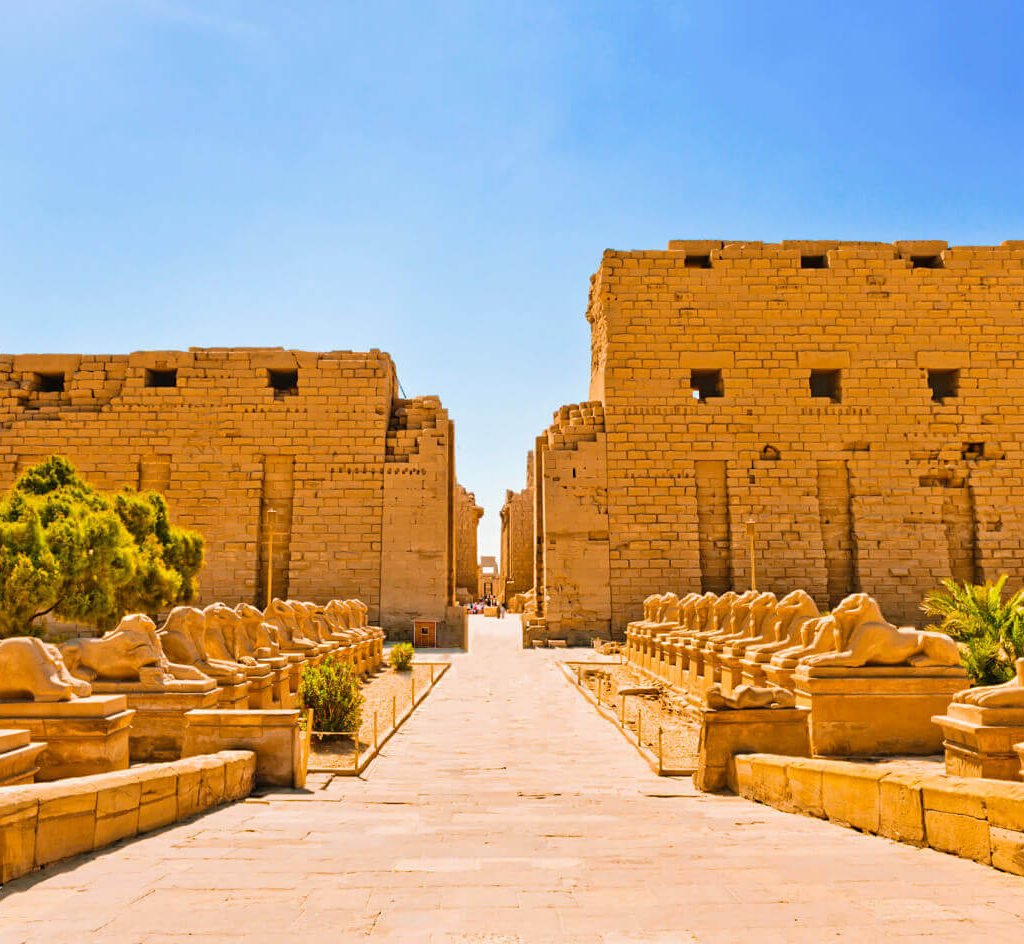
Walking the Avenue of Sphinxes at sunset, I felt history’s beat without the crowds. This shows that both ways offer special moments.
First, think about what you want: deep history or quiet moments? For guided tours, choose guides who are passionate and knowledgeable. Look for those certified by the Egyptian Ministry of Tourism.
Apps like “Ancient Egypt 3D” or books like “The Complete Pyramids” are great for solo travelers. At Karnak, use the free audio guide to imagine its grand hall as it was.
For solo adventures, arrive early at famous temples like the Valley of the Kings. This helps avoid the heat and crowds. Bring a journal to sketch or write down your thoughts.
For groups, consider timed tours to see special spots like Queen Nefertari’s tomb. Open only on certain days, these tours are unique. Mix both: join a sunrise tour at Abu Simbel and then explore alone at sunset.
The most important thing is to follow your curiosity. Whether with a guide or alone, every path reveals Egypt’s beauty.
Walking among the towering columns of Karnak or tracing the carvings at Dendera, you’re not just exploring ruins—you’re holding history in your hands. The Historical Sites in Egypt are more than stones; they’re bridges to a world where pharaohs and gods walked. To ensure these treasures endure, here’s how to leave them better than you found them:
1. Touch nothing but your camera lens. Even a single fingerprint accelerates erosion. Let the Exploring Ancient Ruins stay untouched for future explorers.
2. Support local artisans. Buy papyrus paintings or alabaster trinkets from licensed vendors—your purchase funds preservation efforts.
3. Share stories, not secrets. Report damaged areas to site staff and spread awareness of UNESCO’s Nubia Campaign, which saved Abu Simbel from the Nile’s rising waters.
4. Pack a journal. Sketch the Temple of Horus at Edfu or jot down hieroglyph meanings. These notes become heirlooms more meaningful than postcards.
Remember the 1960s salvage of Philae’s Temple of Isis? Thousands of workers and archaeologists worked for years to relocate these monuments. Your small choices—like staying on marked paths—protect their foundations. When you leave no trace but footprints, you honor the 20-meter columns of Karnak and the silent stories of Hatshepsut’s temple.
These sites witnessed pharaohs’ triumphs and daily life under the sun. Carry their legacy forward: snap photos respectfully, learn a hieroglyphic phrase, or donate to a preservation fund. The next traveler’s awe depends on your respect today. As the Nile’s waters still reflect the same stars that guided temple builders, let your journey leave no mark but memories. The past endures only if we choose to care.
Read more related articles:

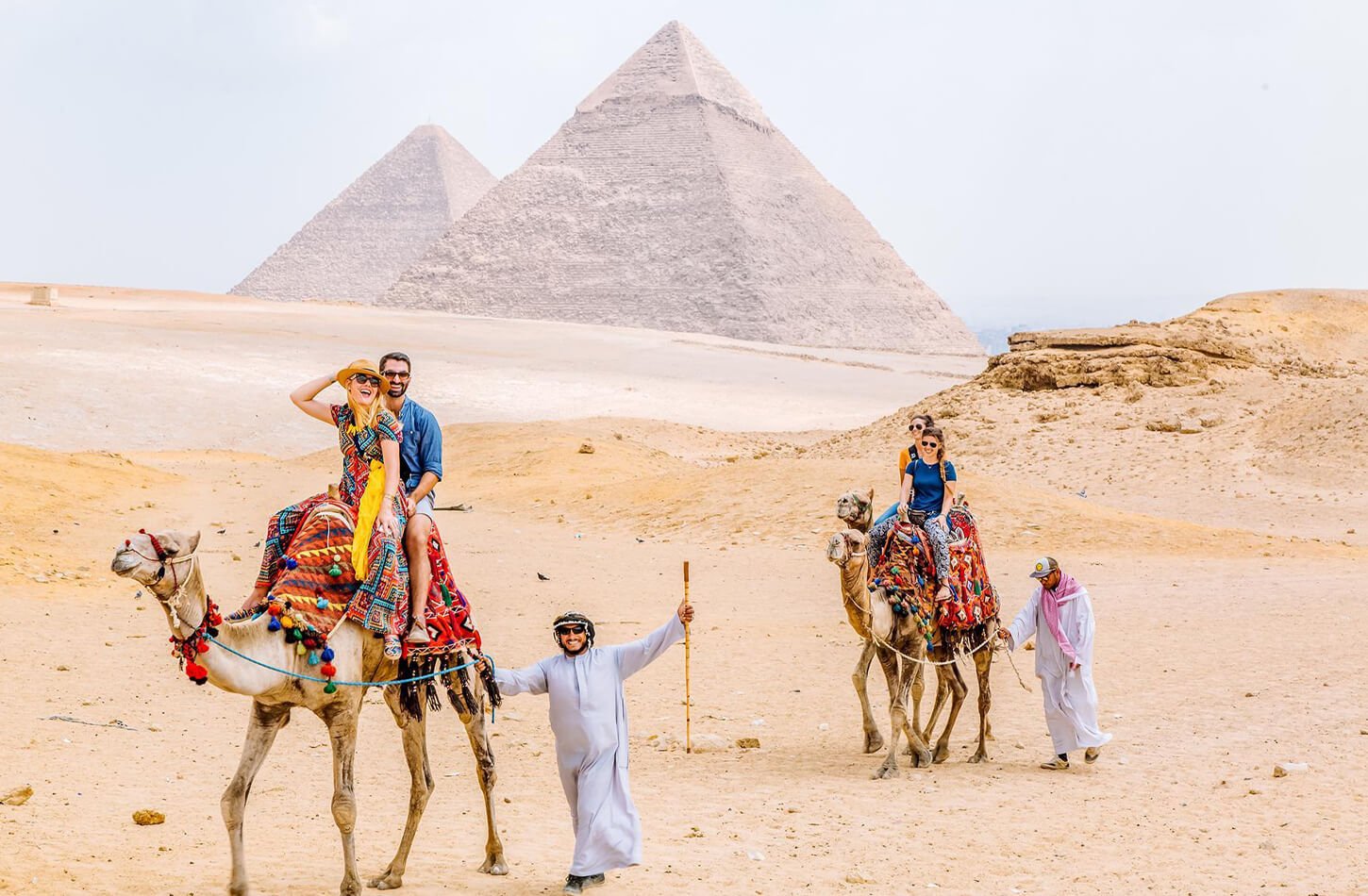
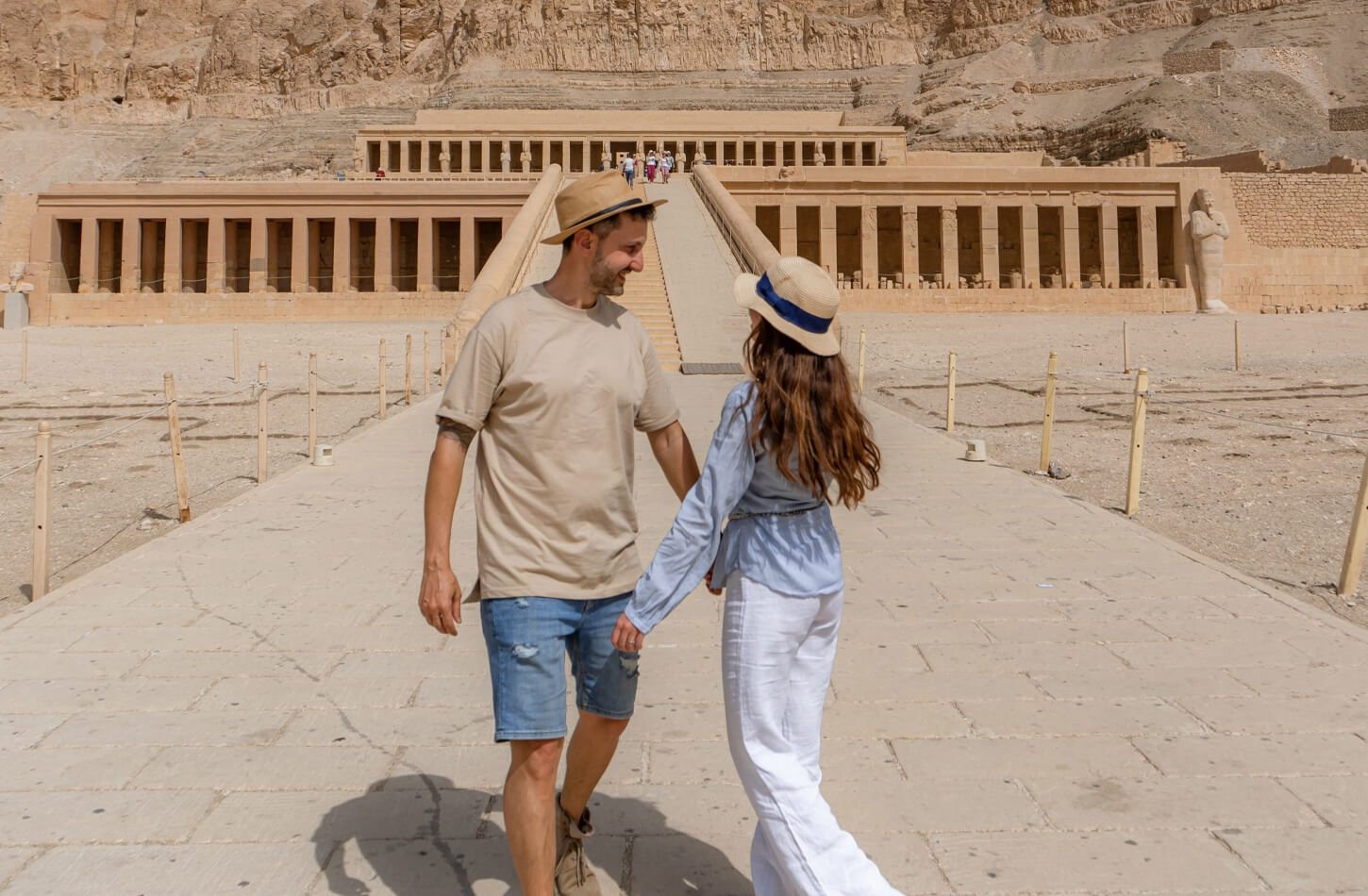
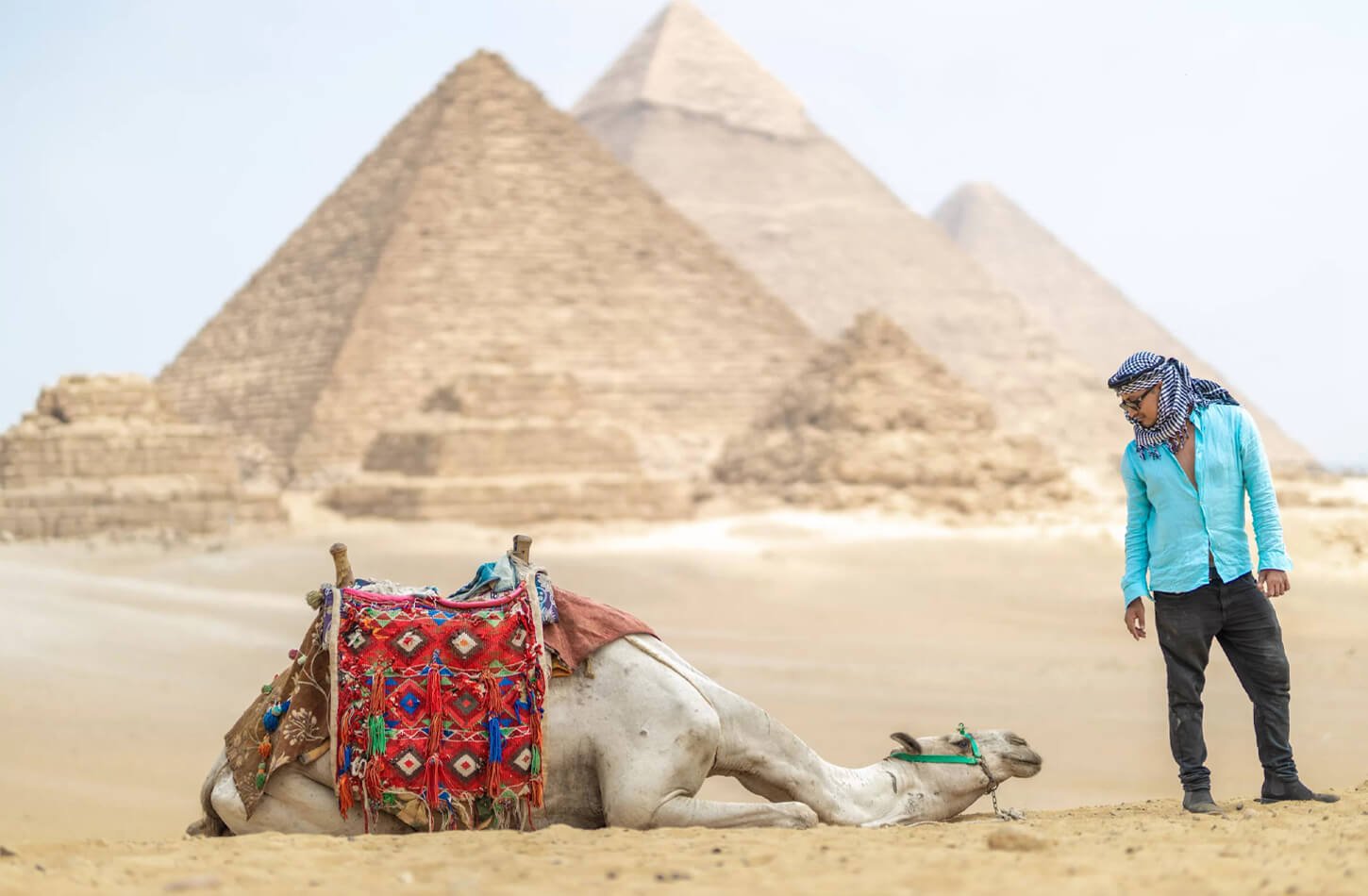
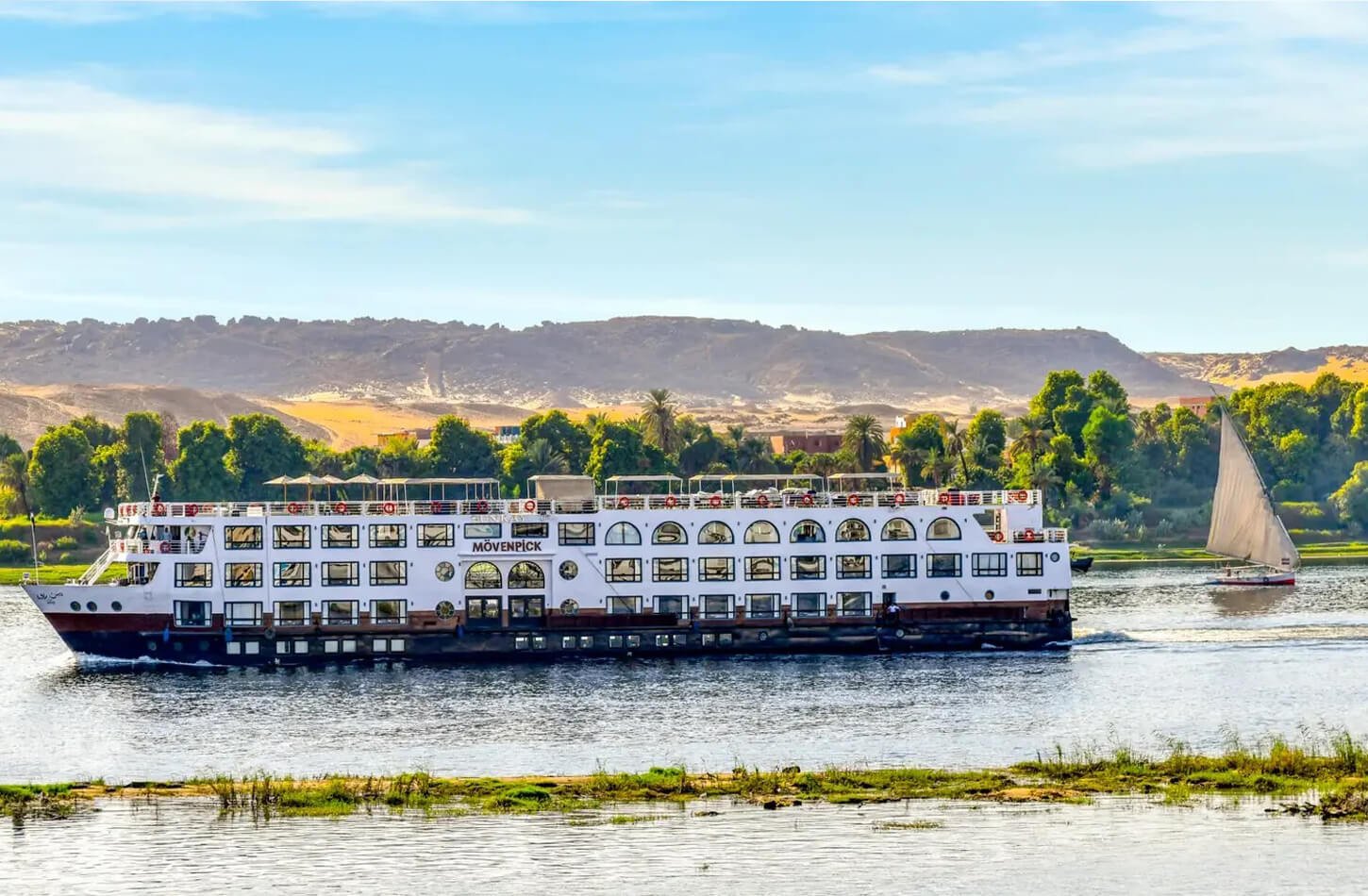


Don't just get there, get there in style.
Information
Follow Us
Payment channels
